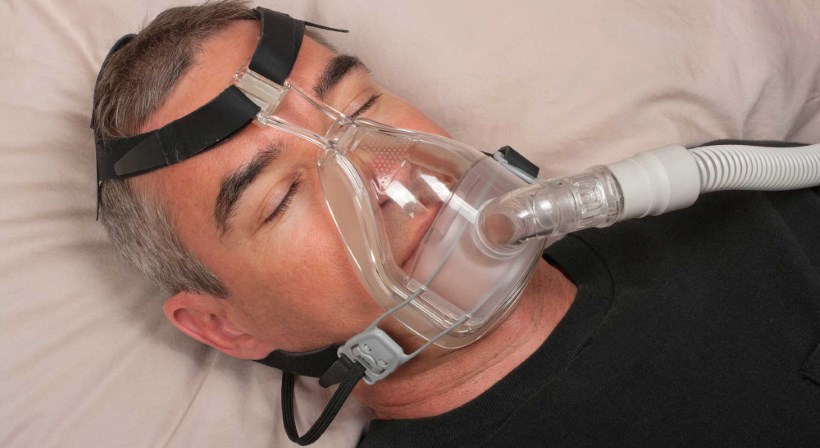
WHAT IS SLEEP APNEA?
Sleep apnea is a potentially serious sleep disorder in which breathing repeatedly stops and starts. You may have sleep apnea if you snore loudly, and you feel tired even after a full night's sleep.
Symptoms
The signs and symptoms of obstructive and central sleep apneas overlap, sometimes making the type of sleep apnea more difficult to determine. The most common signs and symptoms of obstructive and central sleep apneas include:
Loud snoring, which is usually more prominent in obstructive sleep apnea
Episodes of breathing cessation during sleep witnessed by another person
Abrupt awakenings accompanied by shortness of breath, which more likely indicates central sleep apnea
Awakening with a dry mouth or sore throat
Morning headache
Difficulty staying asleep (insomnia)
Excessive daytime sleepiness (hypersomnia)
Attention problems
Irritability
DIAGNOSIS
To diagnose your condition, your doctor may make an evaluation based on your signs and symptoms, an examination, and tests. Your doctor may refer you to a sleep specialist in a sleep center for further evaluation.The evaluation may involve overnight monitoring of your breathing and other body functions as you sleep. Tests to detect obstructive sleep apnea include:
Polysomnography. During this sleep study, you're hooked up to equipment that monitors your heart, lung and brain activity, breathing patterns, arm and leg movements, and blood oxygen levels while you sleep. You may have a full-night study, in which you're monitored all night, or a split-night sleep study.
In a split-night sleep study, you'll be monitored during the first half of the night. If you're diagnosed with obstructive sleep apnea, staff may wake you and give you continuous positive airway pressure for the second half of the night.
This test can help your doctor diagnose obstructive sleep apnea and adjust positive airway pressure therapy, if appropriate. This sleep study can also help rule out other sleep disorders, such as periodic limb movements of sleep or narcolepsy, which also can cause excessive daytime sleepiness, but require different treatment.
Home sleep apnea testing. Under certain circumstances, your doctor may provide you with an at-home version of polysomnography to diagnose obstructive sleep apnea. This test usually involves measurement of airflow, breathing patterns and blood oxygen levels, and possibly limb movements and snoring intensity.
TREATMENT
Positive airway pressure. If you have obstructive sleep apnea, you may benefit from positive airway pressure. In this treatment, a machine delivers air pressure through a piece that fits into your nose or is placed over your nose and mouth while you sleep.
Positive airway pressure reduces the number of respiratory events that occur as you sleep, reduces daytime sleepiness and improves your quality of life. Your device model and treatment settings determined by your doctor.
IF SLEEP APNEA IS NOT TREATED
Sleep apnea is considered a serious medical condition. Complications may include;
Hypertension
COPD
Stroke
Reflux
Cardiac arrhythmias
Heart failure
Hypertension
Coronary artery disease
Cerebrovascular disease
Obesity
Diabetes
Depression, Anxiety, Cognitive impairment
Socioeconomic results (Traffic and work accidents, Economic losses, Job loss, Marriage problems, Decrease in quality of life)
source: http://www.mayoclinic.org/diseases-conditions/obstructive-sleep-apnea/home/ovc-20205684








